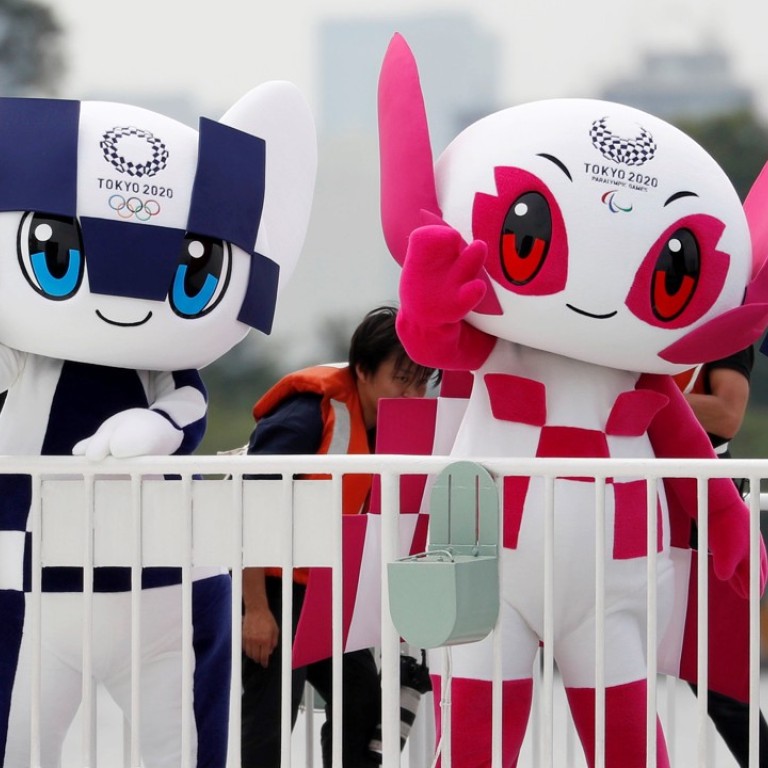
Japan poised to meet Shinzo Abe’s target of 40 million foreign tourists in 2020
This was a nation that had welcomed a mere 7.1 million visitors in 2011, albeit a year dominated by the earthquake and tsunami that struck northeast Japan
When the Japanese government said in 2016 that it was doubling its target for foreign tourists in 2020 to 40 million, most people in the industry thought Prime Minister Shinzo Abe was setting his sights far too high. This was a nation that had welcomed a mere 7.1 million visitors in 2011, albeit a year dominated by the earthquake and tsunami that struck northeast Japan.
They reasoned it would be impossible to hit 40 million arrivals, even if Tokyo had won the right to host the Olympic Games in the summer of 2020.
Today, most indicators suggest that the nation is on course to hit that ambitious target, Abe is looking likea visionary and the tourism industry has grown into a key driver of the economy – which is convenient for the government as it looks to nurture new sources of income away from more traditional industries.
On August 15, the number of foreign visitors to Japan eclipsed the 20 million mark, a full month earlier than it hit that figure in 2017 and there were hopes that the annual total would break the 30 million barrier. That looks slightly less likely now, after September’s figures were skewed by the biggest typhoon to come ashore in Japan in 25 years. Three days later, a major earthquake struck Hokkaido.
While those natural disaster underline how susceptible tourism is to the vagaries of Mother Nature, all the infrastructure that was affected was swiftly repaired and the authorities conveyed the message that it was business as usual for airports, sights, hotels and the rest of the sector.
“We did have a few rocky weeks because of the typhoon and then the earthquake, but people around the world know that Japan is capable of bouncing back from these difficult situations very quickly, they are used to it, and 2019 looks like it is going to be a very promising year for travel companies,” said Pankaj Pradhan, managing director of Tokyo-based travel company Beauty of Japan.
Cities across the country are looking to cash in on the influx of big-spending tourists, such as Yokohama, which will host a number of matches in next year’s Rugby World Cup, including the final, and is conveniently close to Tokyo for people attending the Olympic Games the following summer.
Work is well under way on the US$140 million APA Hotel & Resort Yokohama Bay Tower, which will have 2,400 guest rooms, making it the largest hotel in Japan when it opens next year. Fourteen new hotels are expected to be completed in the city by 2020, delivering an additional 4,500 rooms, and including the first Hyatt Regency property in the city.
There are also plans in place for the construction of a new passenger ferry terminal capable of handling the largest luxury liners, while work is under way on a new five-storey complex in the Minato Mirai district that includes a hotel, exhibition spaces and a 20,000-seat music venue.
An annual study published in late September by the Ministry of Land, Infrastructure, Transport and Tourism confirmed that the price of residential, commercial and industrial land increased in the year to July 1, the first such increase in 27 years. The growth may have been a marginal 0.1 per cent, but it is the first positive growth since Japan’s asset-inflated bubble burst in 1991.
And the tourism industry is credited with being behind the positive numbers, with much of the boost recorded in four cities that are popular with tourists, Sapporo in Hokkaido, Sendai in the Tohoku region, Hiroshima and the southwest city of Fukuoka. In the four cities, average commercial land prices leapt 9.2 per cent, while positive figures were also reported in smaller towns, such as Niseko in Hokkaido, which has become famous for its ski resorts.
The government is looking for new ways to attract overseas tourists – and earn additional tax revenues, of course – and has instructed the Japan National Tourism Organisation to encourage visitors to get off the “Golden Route” that traditionally links the bright lights of Tokyo with the ancient capital in Kyoto and goes on to Osaka. The aim is to get tourists into the hinterland and encourage them to spend their holiday cash on local hotels, shops and entertainment, thereby sharing the tourism windfall around.
Yet another money-making venture being championed by the government is the creation of “integrated resorts” that will bring together hotels, retail outlets, entertainment facilities and Japan’s first legalised casinos. Legislation to permit casinos to operate was approved in July and the government expects the first integrated resorts to open within four years, creating jobs and bringing much-needed revenues to local governments, as well as directly to the national government.
The cities of Osaka and Nagasaki have both expressed interest in hosting casinos, while the prefectures of Hokkaido and Wakayama have also registered their desire to be considered.

